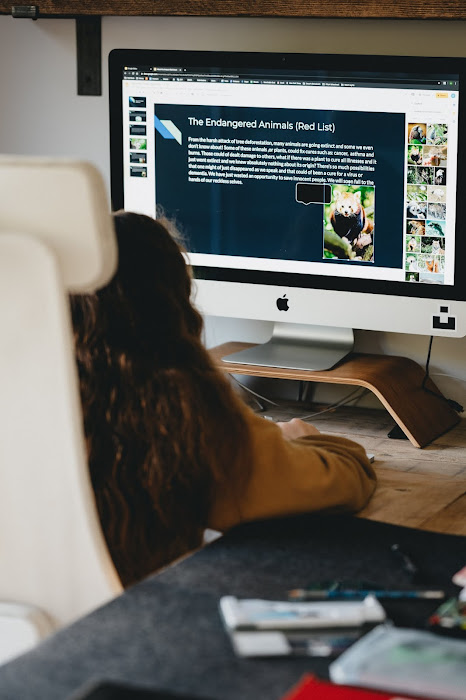More than a year into the onset of the COVID-19 pandemic, the world is still barely coping with the grave implications of SARS-CoV-2 in the health, economy, tourism, and education sectors. Governments are still scrambling to inoculate the general population while trying to contain unprecedented infection surges across their domains. Majority of schools on the other hand, remain closed as parents brace themselves for yet another academic year of confined and virtual education of their children.
Face-to-face classes are no doubt the more effective approach to education. But with the consistent viral mutations and majority of children still unvaccinated, the decision of parents let alone education ministers of their respective governments in reopening schools or retaining online classes is split between ensuring the quality of education and the students’ safety. This article will enlighten you on the best learning option of your child in these trying times.
Virtual or Real Class: Which is Better?
Even years before the COVID-19 pandemic stirred the global population, online educational initiatives have already been playing their part as supplements to face-to-face learning. Online learning schemes have become a game changer in helping students improve their digital literacy as a means of preparing them in facing the world boosted by the consistently evolving internet technology. Learners are introduced to various digital tools and are taught to acquire and manipulate data in the online world to develop and refine complex learning and life skills. Kids educational games are also available to make learning more fun and engaging.
Yet still, no online class or any virtual educational initiative for that matter can replace the value and efficiency of an actual class session inside a physical classroom.
Why?
The learner-centered approach in education is best implemented in an actual classroom setting. This type of approach warrants active engagement of the students as well as their ability to aggressively collaborate with fellow learners in accomplishing various academic exercises and activities. It is through this type of setting that experiential, social, constructive, and self-directed learnings are best initiated and observed. On top of that, teachers are more effective in their roles as learning facilitators in a face-to-face class. These professional educators are able to gauge their students’ learning capacities and measure improvements more accurately. Lastly, academic outputs are more authentic and genuine in a face-to-face class.
Virtual classes also offer a myriad of benefits and advantages such as remote learning at the safety and comfort of one’s home and the seemingly unlimited access to information and various educational supplements. However, such an approach also has its own setbacks and disadvantages. In an online class, students work on academic initiatives in a seemingly isolated setup. At home, a number of distractions are present that can hinder a student’s focus and overall performance. Lastly, learners easily procrastinate in online classes and are presented with options to be virtually present but mentally absent.
But why choose online learning?
The straight and clear answer to such a question is that we are currently in an extraordinary and rather risky situation and your child’s health and safety is always a top priority. Countries that have previously brought down cases of infection are recently battling surges. And the majority of these surges are due to the emergence of new variants that manifest higher infection rates. Additionally, very few governments are in the first stages of inoculating their children population who have now become increasingly vulnerable to being infected. At the moment, online classes are the safest option in ensuring the learning continuity of children.
With resilience and optimism, parents can still overcome the challenges and setbacks of online education. Children should be taught with proper time management skills and be instilled with discipline in observing online etiquette. When attending online classes, it is best for children to have it in the living room or in any area of the house where they can be easily monitored. They must be discouraged from spending more time with online games than with their virtual classes. If you have the luxury of time and energy, it is best that you sit in the class with your child. This way, you can give proper guidance to your kid while spending quality time with him/her.
Lastly, let your child do his/er academic exercises on his/her own. Your role is to show him or her some pointers (not answers) and to give encouragement throughout the entire self-directed learning endeavor.

